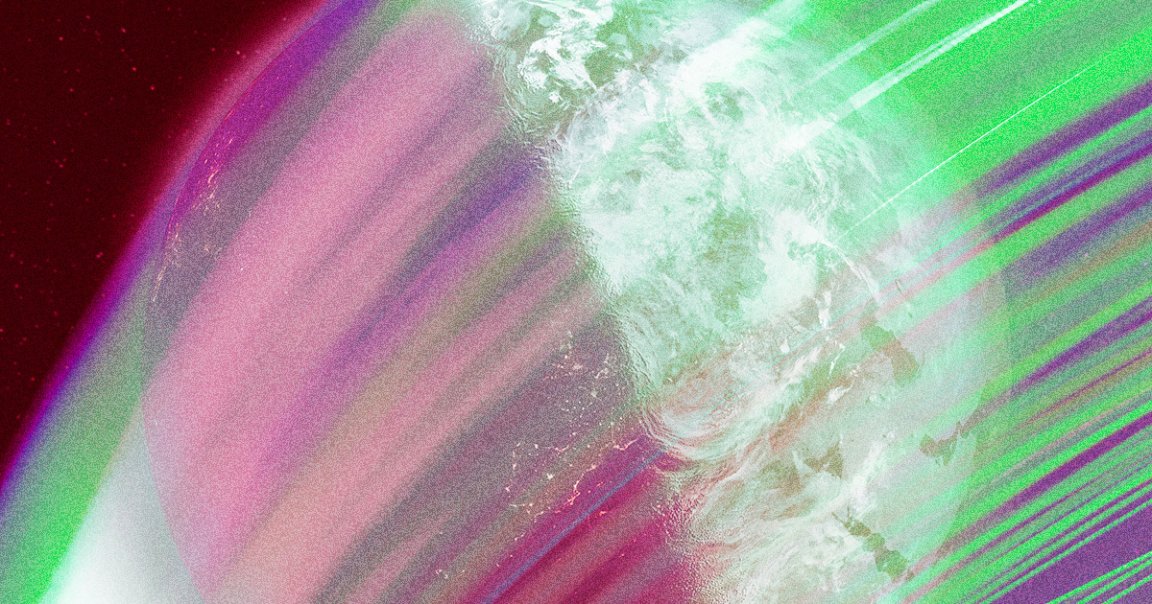
Chain Reaction
In 2020, astronomers revealed the existence of an incredible cosmic structure right in our galactic neighborhood called the Radcliffe Wave, a wave-shaped chain of stars — and their epic clouds of gas and dust — that stretches an astonishing 9,000 light years across.
Now, a new study published in the journal Nature details another revelation about this remarkable oddity: not only is it shaped like a wave, it’s oscillating like one, too.
What’s more, The Washington Post reports, it may have even “washed over” Earth millions of years ago, plunging our little planet into a carousing swarm of detonating stars.
“Thirteen million years ago, we think we could have passed through a festival of supernovae going off,” study co-author Catherine Zucker, an astrophysicist at the Harvard-Smithsonian Center for Astrophysics, told the newspaper.
Zooming Out
Much attention has been given to the huge cosmic structures millions of light years away. Their extreme remoteness is what makes them easier to see. Such large structures and patterns in the Milky Way, by contrast, are difficult to detect.
“It’s really hard to see what the structure of your hand is if you put it very close to your face,” coauthor Alyssa Goodman, an professor of astronomy at Harvard, told WaPo. “We don’t get to fly outside the galaxy.”
We may not be capable of getting a bird’s-eye view of our galaxy, but we can chart it. Instrumental in such an effort, the European Space Agency’s Gaia project has been building the world’s most extensive 3D map of our galaxy — and beyond — since 2013.
The Gaia spacecraft is capable of measuring the distance and positions of stars with astonishing precision. Crucially, it also detects their velocity and motion — and it was this data that allowed the researchers to piece together that the Radcliffe Wave was oscillating.
“By using the motion of baby stars born in the gaseous clouds along the Radcliffe Wave, we can trace the motion of their natal gas to show that the Radcliffe Wave is actually waving,” study lead author Ralf Konietzka, an astronomer at Harvard University, said in a statement about the study.
Waving Goodbye
The work revealed that the structure is following a traveling wave, in which the stars and dust it contains are moving up and down in the direction of propagation — like sports fans “doing the wave.”
“Similar to how fans in a stadium are being pulled back to their seats by the Earth’s gravity, the Radcliffe Wave oscillates due to the gravity of the Milky Way,” Konietzka said in the statement.
As it propagated, it may have crossed paths with Earth, and the researchers suggest, per WaPo, that there may be evidence of the encounter. A star going supernova brought closer to our planet by the propagating wave may have penetrated our solar system’s protective heliosphere, leaving unique isotopes on Earth.
Still, we don’t fully understand why the structure oscillates like this. Perhaps it was caused by a dwarf galaxy merging with ours long ago. Whatever the mechanism, one thing seems clear: that “galaxies may be even more dynamic than we previously thought,” Konietzka told WaPo.
More on space: Scientists Befuddled by Impossible Galaxy Seen by James Webb